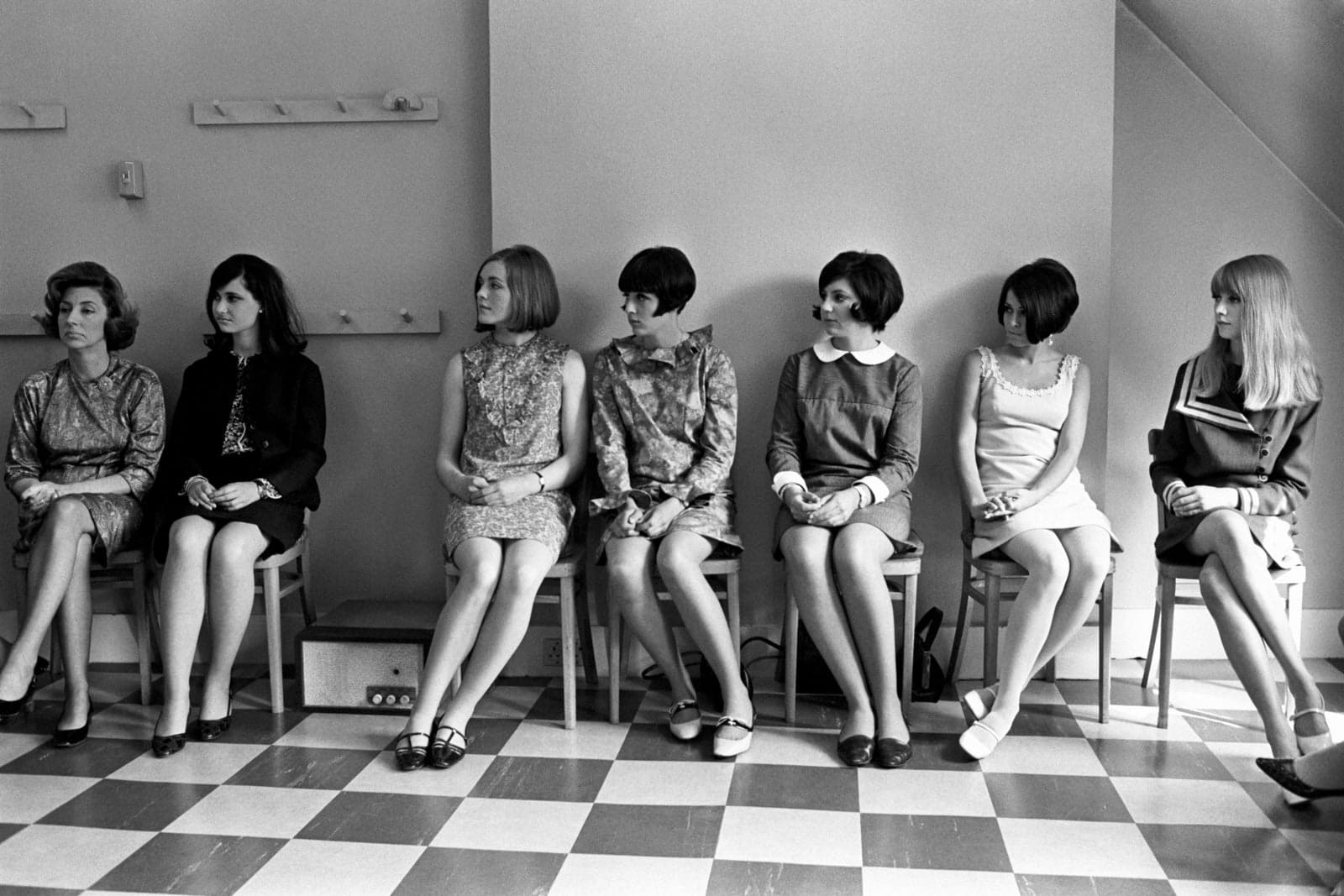Keystone-France / Getty Images
Thanks to her numerous strokes of genius—including inventing the miniskirt—Mary Quant left an indelible mark on the fashion industry.
Mary Quant occupies a very distinctive place in the history of fashion, having invented the miniskirt at the beginning of the 1960s. For this designer and couturier, clothing had to reflect the spirit of the time. The time being, in this case, the Swinging Sixties. The result of a fashion infused with pop culture and “Youthquake,” to quote the journalist Diana Vreeland, this short skirt marked its era just as much as it did the industry. To this day, it’s a fashion phenomenon that never ceases to resurface in trends. Following the death of Mary Quant on Thursday, April 13, 2023, at the age of 93, and in celebration of the mini-skirt for World Miniskirt Day on June 6 (and thus also in celebration of women’s freedom to dress as they see fit, for no one but themselves), Vogue looks back on the life of this visionary through a few select memories of her creations.
10 things to know about Mary Quant
1. Mary Quant studied art in London. With teachers for parents who were very much fans of learning, she first turned to art in order to teach it afterwards, and notably took drawing classes at Goldsmiths College, one of the most prestigious universities of the English capital.

2. Mary Quant opened her own thrift store. Opened in 1955 on King’s Road, London, the Bazaar enjoyed such great success to the point of becoming a meeting place for artists where different forms of art, from music to design, all mixed together. Mary Quant described her boutique as a “kind of permanently running cocktail party.” And with reason: the Beatles, Brigitte Bardot, the Rolling Stones, and even Audrey Hepburn could be spotted there.
3. Her fashion was seen as radical, even scandalous, for the time. She began to create her fashion line in protest against the classic fashion of the ’50s, believing that the “young were tired of wearing essentially the same as their mothers,” as she explained in her autobiography Quant by Quant. It was at this time that she decided to shorten the length of her skirts.
4. She created a makeup brand. Just as with fashion, Mary Quant disliked the lack of inventiveness in the world of cosmetics. After the war, lipstick couldn’t be any color other than red or pink. This was something she wanted to correct by taking inspiration from her own experiences, from the arts, and from painting.

5. She was committed to women’s rights. In fact, it is said that she created the miniskirt so that women could chase after buses. In reality, it was all about the idea of the modern woman (the young, confident Chelsea Girl unafraid to break away from the norm) that she brought into her fashion. As for taking public transport (which women were taking more and more as they gained access to the world of work) as well as for dancing in clubs, one thing is certain: she strove to improve their freedom of movement!
6. She wasn’t afraid to put her humor to good use. In step with her idea of fashion mirroring its time, and its combats, in 1962, she designed a striped cotton twill dress inspired by bankers’ suits, soberly dubbed Bank of England. This was an amusing design at a time when English women were not yet allowed to open a bank account without male consent.
7. The miniskirt was named after the Mini Cooper. Quant named her design after her favorite car. For the record, Mary Quant even designed the interior of a new special edition Mini in 1988, with the seats and the steering wheel bearing her signature design motifs.

8. Mary Quant chose her logo to be highly recognizable. As the 1960s saw the rise of advertising and marketing, Mary Quant was acutely aware of the importance of having a clear visual identity to promote herself and sell her products. And what better than a flower?
9. Mary Quant is famous for her unisex and androgynous pieces. Her mackintoshes, a symbol of functional fashion, and the shorts she launched at the end of the 1960s come to mind. Fun fact: Mary Quant even designed dolls, the Daisy Dolls, inspired by the iconic Barbie, but in versions that were more to her taste, with pants or leather jackets, for example. They were marketed in 1973.
10. She was appointed Officer of the Order of the British Empire (OBE) – a title she received in 1966 for services rendered to the fashion industry.

This article was originally published on Vogue France.
